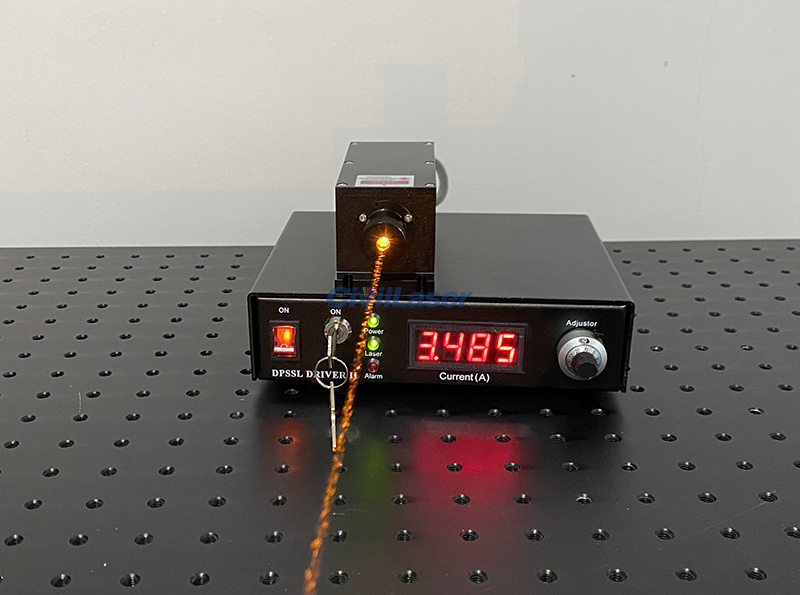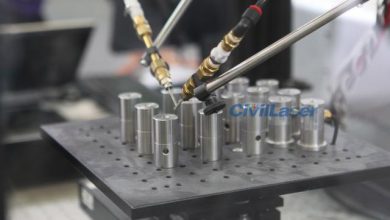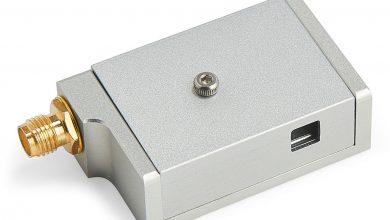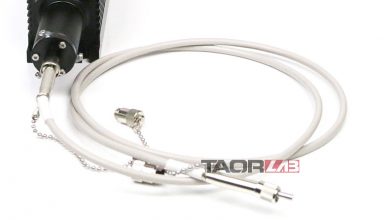Laser Tech
A Single Gain Medium Obtains 589 nm Laser Output
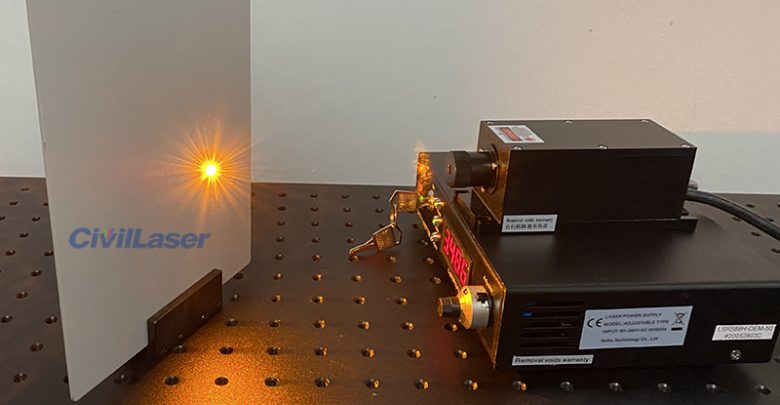
A single gain medium oscillates simultaneously with dual wavelengths in the cavity and obtains a 589nm laser output.
In the 1980s, the emergence of KTP nonlinear materials and the application of LD pump technology enabled the development of nonlinear frequency conversion technology, but due to stability reasons, the development is still relatively slow. In the early 1990s, some researchers began to study the multi-wavelength oscillation conditions and output characteristics of the Nd3+-doped laser gain medium. By controlling the parameters of the resonator, the simultaneous operation of multiple wavelengths can be realized, and the multi-wavelength oscillation conditions are given. Theoretical model.
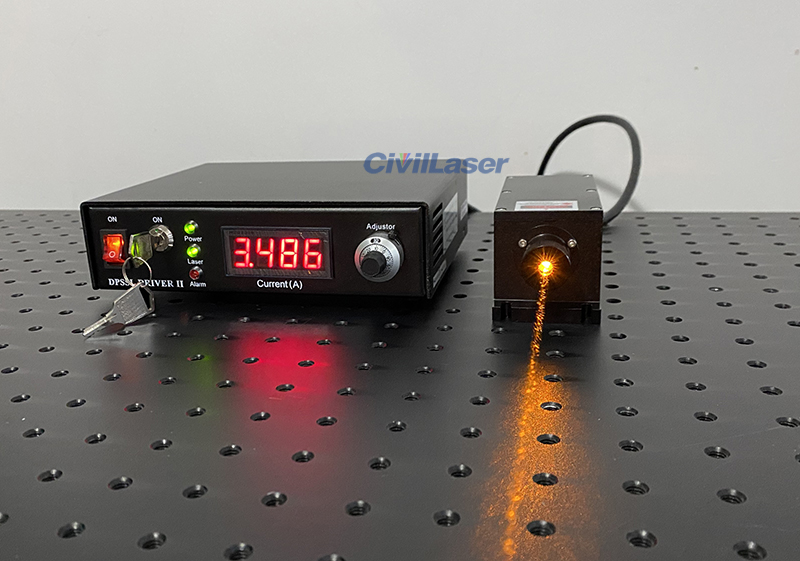
It is a very popular method to use a single gain medium to operate at two wavelengths in the resonant cavity at the same time and to use the sum frequency technology to obtain the yellow light source. The most common method is to use 4F3/2-4I11/2 of Nd∶YAG crystal. And 4F3/2-4I13/2 transition line oscillate and frequency simultaneously to obtain 589nm yellow laser. In 1994, MB Danalov et al. reported a new method of generating yellow light source (the laser wavelength can resonate with the sodium D2a line), and mainly studied the possibility of Nd: YAG laser for intracavity and frequency formation of yellow light radiation output. The advantages of this design are that the intracavity sum frequency has a higher power density and the design is compact. Using LN as a sum-frequency crystal, at a pump power of 30 J, a yellow light output of 50-100 mJ can be obtained. In 2004, Jia Fuqiang, Bu Yikun, Zheng Quan and others of the Changchun Institute of Optics and Mechanics have theoretically analyzed and calculated the relationship between the transmittance of the output mirrors for the two fundamental frequencies when the Nd: YAG laser is operated at dual wavelengths. Under the premise of co-operation of the wavelengths, by appropriately reducing the transmittance of the spectral line with a larger gain, a theoretical model of higher intra-cavity and frequency efficiency can be obtained, and it can be confirmed experimentally. In the experiment, a 2W laser diode end-pumped Nd:YAG was used to obtain dual-wavelength continuous operation at 1064nm and 1319nm. After optimizing the transmittance of the output mirror, a Class I critical phase matching and frequency crystal was added to the cavity LBO, get a 589nm yellow laser with a power of 20mW. In 2010, the State Key Laboratory of Solid State Microstructure Physics of Nanjing University reported a yellow laser based on multi-wavelength oscillation Nd: YAG Q-switched laser and periodic polarization crystal LiTaO3. The maximum output power at 589nm is 506mW, and the corresponding conversion efficiency is 5.5%. The commonly used simplified model of a single gain medium oscillating at two wavelengths in a resonant cavity is shown in Figure 2 and Figure 3.
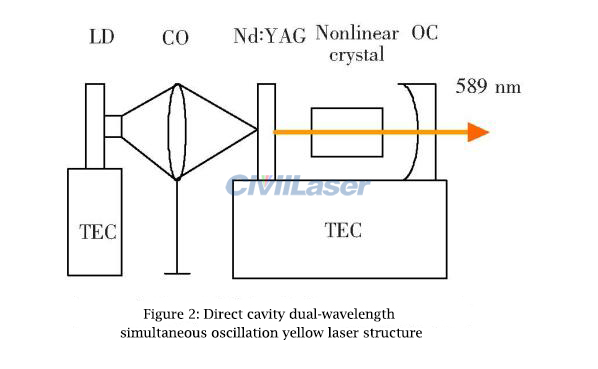
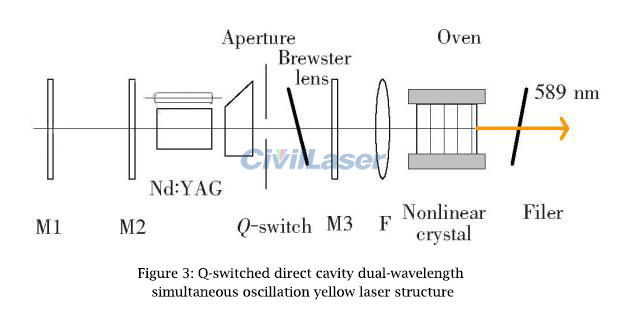
This type of resonant cavity has the advantages of simple and compact structure, is suitable for industrial development, and can achieve a power output of tens of milliwatts to hundreds of milliwatts. However, this kind of device not only has extremely strict requirements on coating, but it is also difficult to control the strict matching of fundamental frequency optical power and pulse time domain, resulting in a certain amount of power waste. While outputting yellow light, it will also contain a certain amount of unused infrared. Light is not conducive to improving the conversion efficiency, and it is difficult to make the average power of the yellow light laser reach more than 1W, so it is difficult to obtain high-power yellow light laser output with this method.
